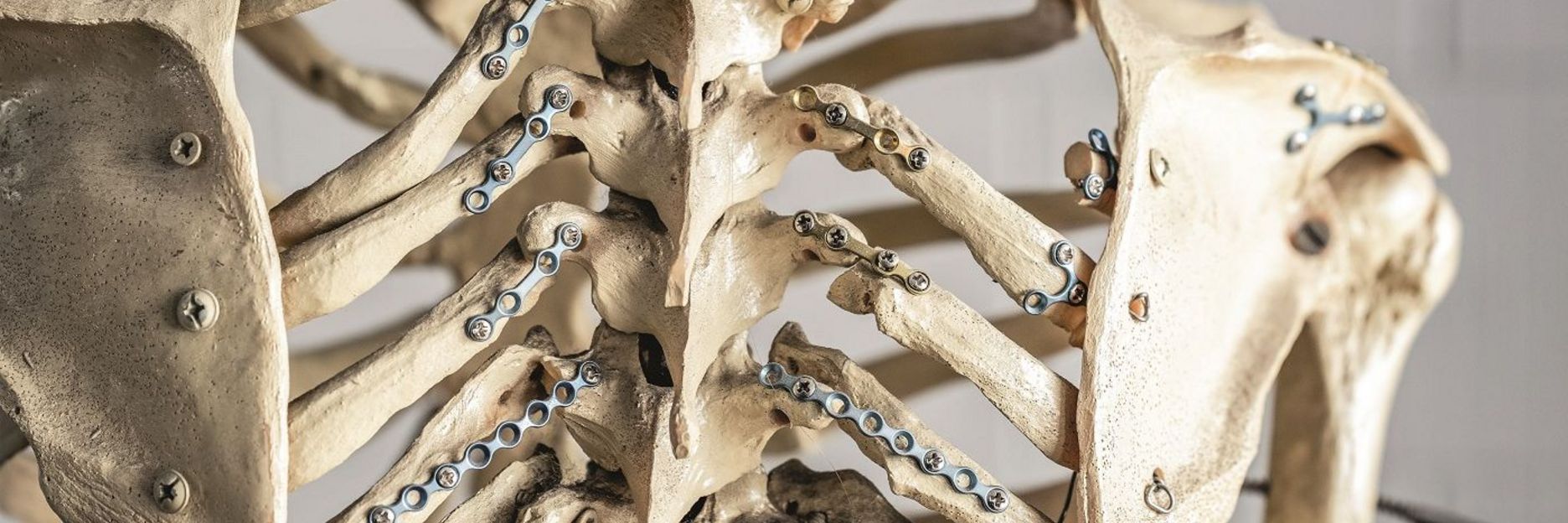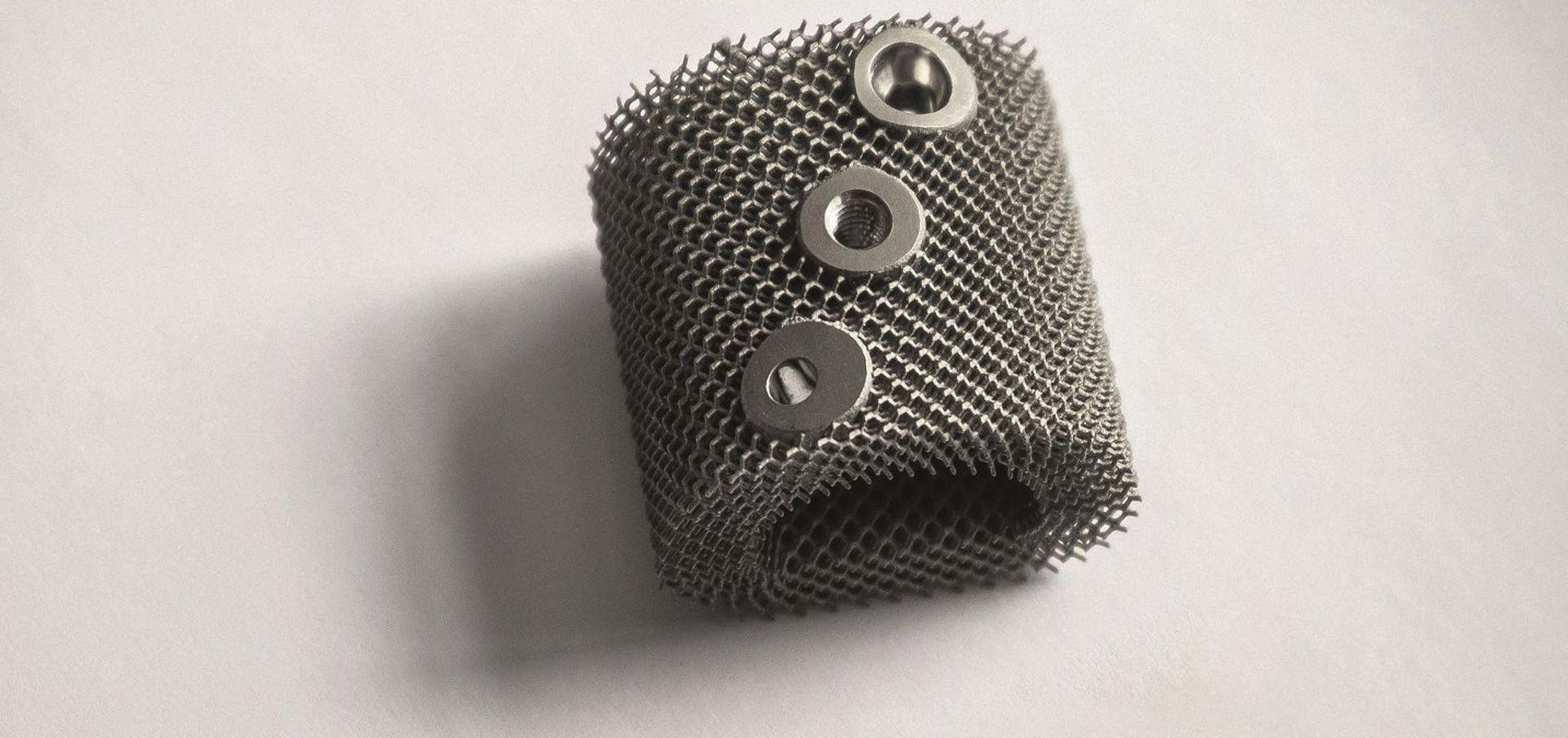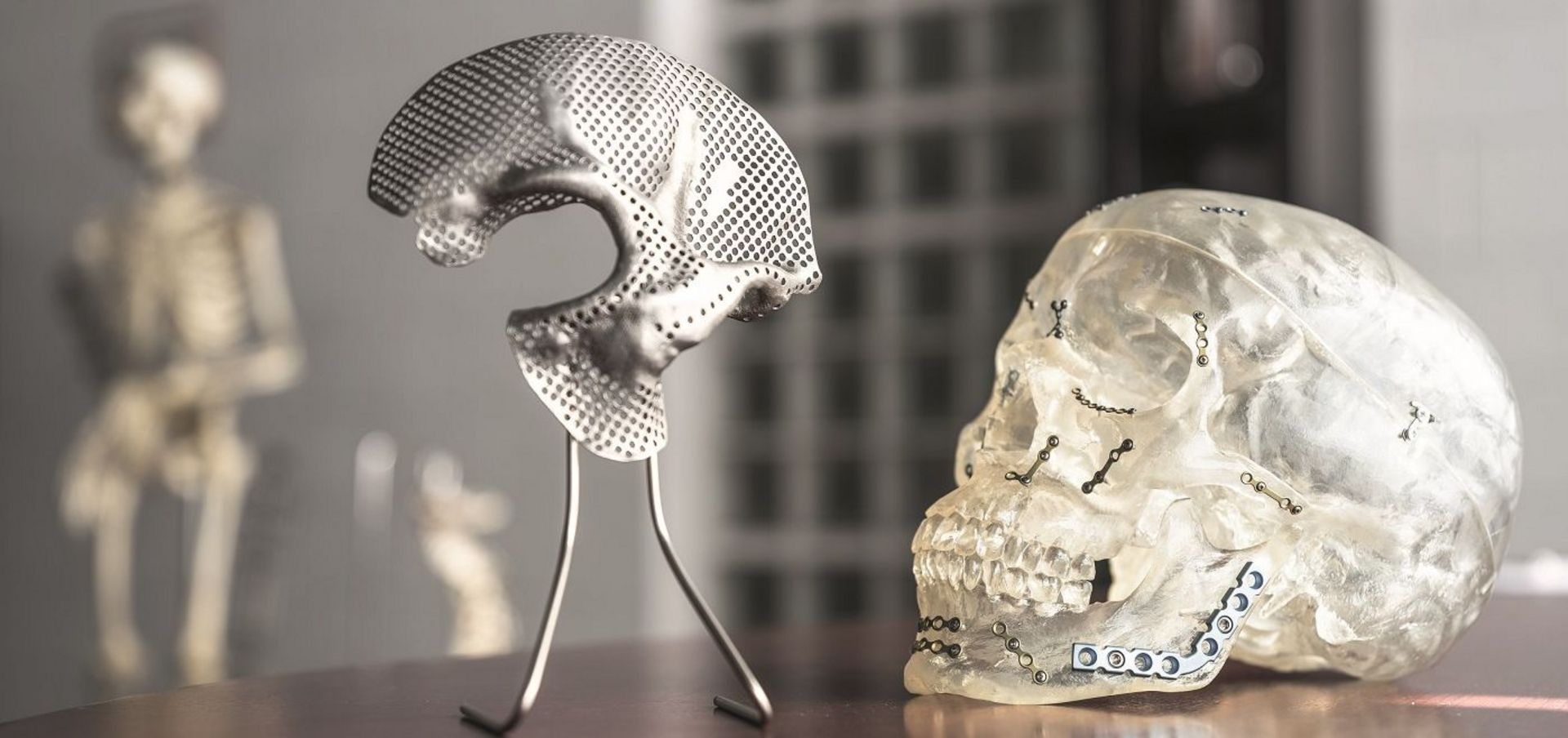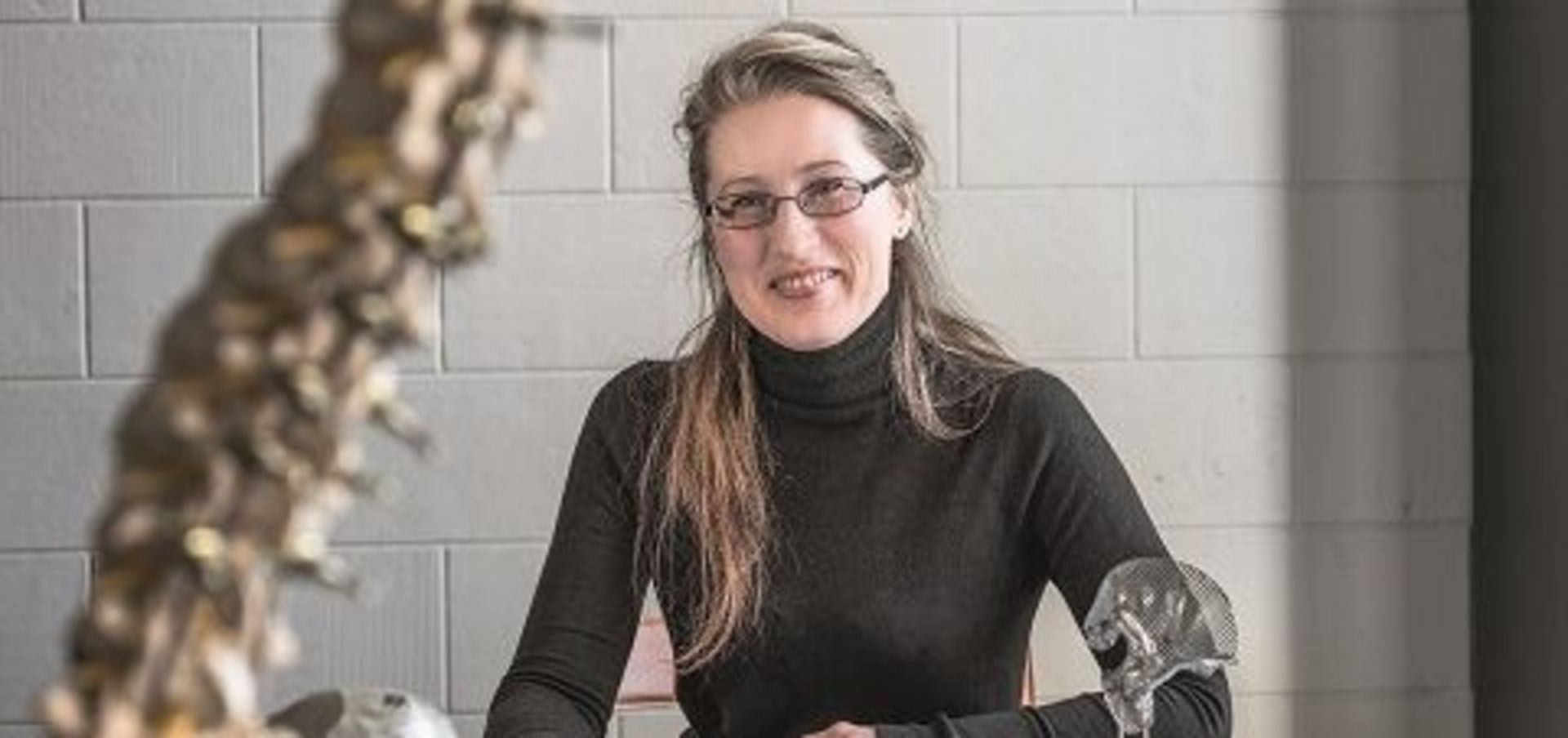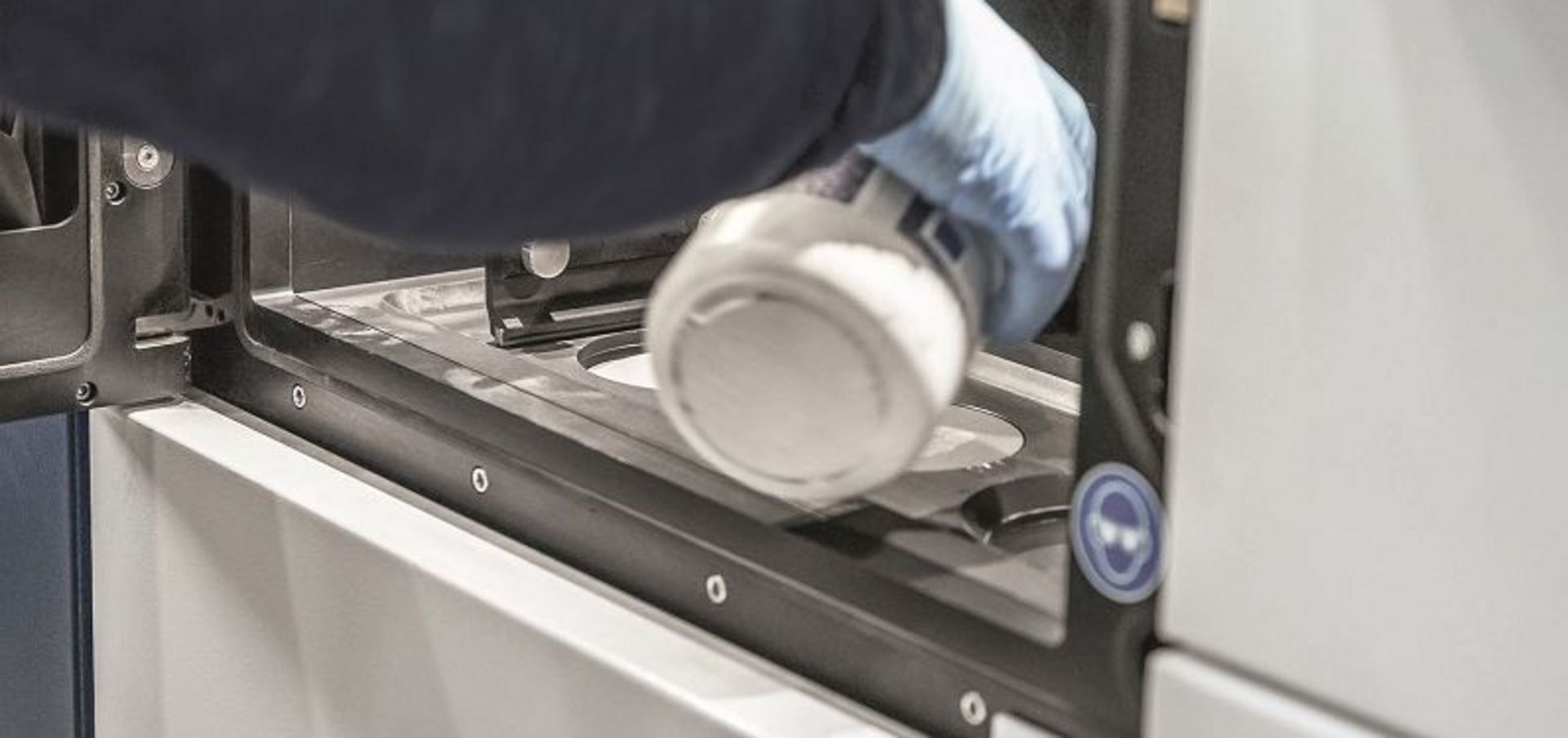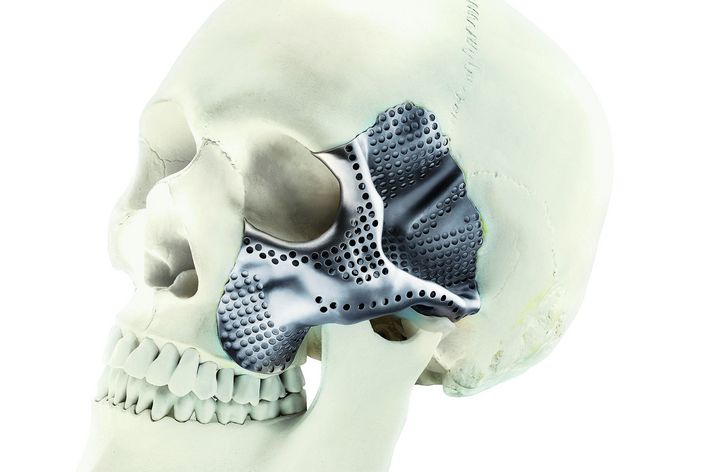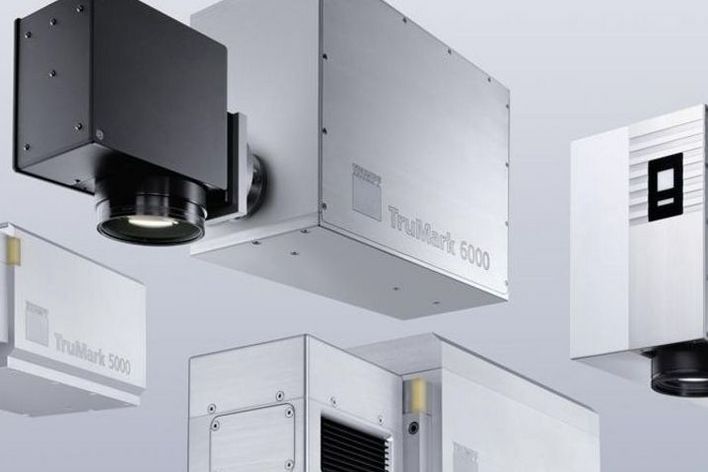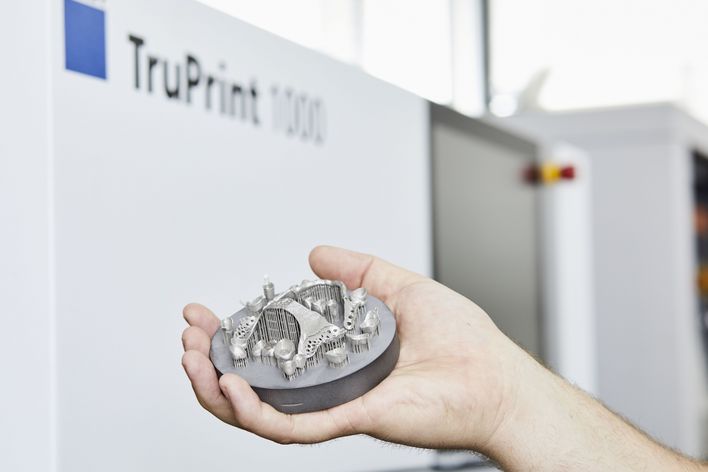At first glance, these little grey blocks may seem unremarkable – but they have the power to change people’s lives. Known as interbody cages, they are a type of spinal implant that can be inserted as a space holder between two vertebrae to restore the natural height of the vertebral segment. For this to succeed, the cages need to meet stringent design requirements. As well as withstanding mechanical stress, they need to be light-weight and also biocompatible so that the body doesn’t reject them. The Moscow-based company CONMET currently produces cages on a TRUMPF TruPrint 1000 using 3D printing technology. In the medium term, general manager Dmitry Tetyukhin plans to deploy a TruPrint 3000 to ramp up to full-scale production.
Back pain is a widespread condition in industrialized countries and the most common health complaint overall. Those affected suffer pain and reduced mobility on a daily basis. In the most severe cases, problems such as a herniated disc can only be treated surgically by stiffening the affected segment using an implant.
Bones implants: Perfect candidate for 3D-printing
As far back as 1993, Moscow-based company CONMET recognized the transformative potential of 3D prototyping technologies as a means of fabricating custom-made medical implants. Since then, CONMET has worked closely with research centers and industry partners to research and test oral and maxillofacial implants. As the leading implant manufacturer in the Commonwealth of Independent States (CIS), the company is now keen to consolidate its position by tapping into the promising market of spinal implants, says CONMET production manager Nadeschda Morozova: “Surgeons treating degenerative spinal disorders and spinal injuries implant a cage in around 60 percent of cases – so demand is high.”
Full-scale production of 3d-printed implants requires knowledge
The cages themselves are made of a biocompatible titanium alloy. One of the key challenges cage manufacturers face is how to create a surface that has exactly the right level of porosity, Morozova explains: “Porous structures promote osseointegration, in other words direct structural and functional connection between the living bone and the surface of the implant. These structures are almost impossible to fabricate using conventional methods such as turning, milling and casting, so 3D printing has a clear competitive edge.”
3d-printing also improves facial implants
CONMET uses a Tru Print 1000 from TRUMPF to develop parameters and test different geometries and materials. “Our aim is to better understand all the processes involved,” says Morozova. “That will enable us to produce custom-made, patient-specific implants and give us the groundwork we need to embark on full-scale production at the earliest possible stage.” This is the second 3D printer from TRUMPF to be commissioned at CONMET. In early 2018, the company began using a TruPrint 1000 to make dental and craniomaxillofacial implants for cancer and traumatology patients. As well as the machine itself, TRUMPF also supplied the appropriate titanium powder, substrate plate, recoater tool and software. TRUMPF’s high level of expertise and the overall success of the collaborative process were the deciding factors behind Dmitry Tetyukhin’s decision to acquire the second printer. Morozova explains: “The TRUMPF experts in Ditzingen and their colleagues at the Moscow subsidiary offered us extensive support and advice to help us introduce the new technology and proved to be truly reliable partners. Their expertise played an invaluable role in the second project, too – for example when it came to determining the right parameters.” CONMET plans to purchase a TruPrint 3000 to kick off full-scale production of its spinal implants.

